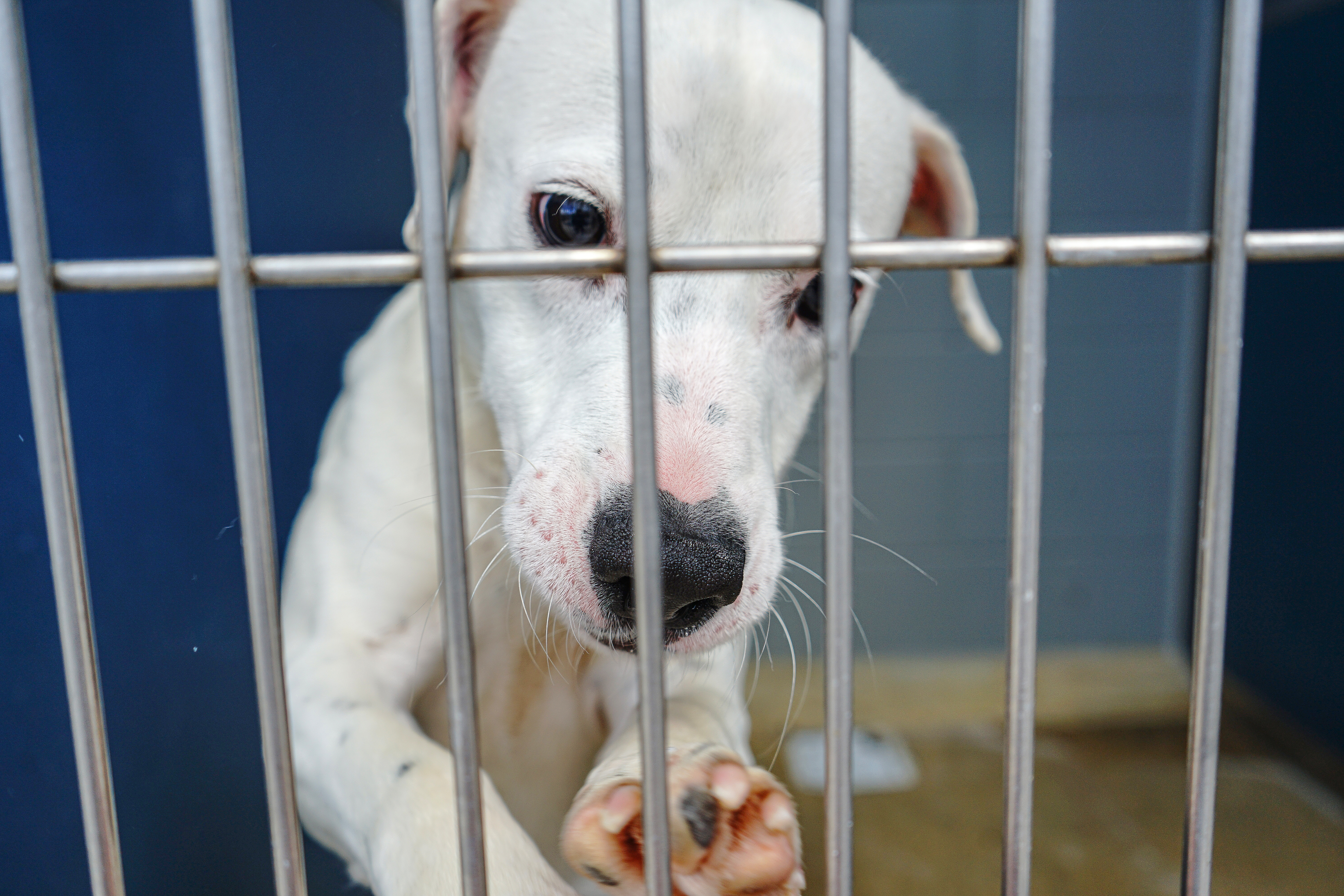An unexpected neighbor moves into a Climax resident’s yard
Published 6:27 pm Tuesday, June 30, 2015

The gopher tortoise found in Climax is being relocated to a safe place with plenty of room for it to roam around. His home in Ray and Nancy Boyett’s yard can be seen to the right.
There is a new neighbor in the Sykes Mill Road community near Climax. They are located in 205A at the corner of East Tree Stump and “Nancy’s” flowerbed. The property owners are Ray and Nancy Boyett, and according to Nancy, the premise was occupied without permission, and repairs continue to be made to the domain. The Boyetts have tried several safe relocation efforts with little success until recently.
They aren’t very friendly neighbors, keeping to themselves and coming out at inopportune times, then as one approach they scurry back to what is considered by the occupants to be a safe haven. The Boyetts even suspect that some of Sir Henry Feline’s food (Meow Mix-type) might have disappeared.
Trending
Oh! Their names? We did find that out, and it is Gopherus Polyphemus. Too hard to pronounce? How about Gopher Tortoise! Even more impressive is the fact is that the inhabitant has a title, the official “Georgia State reptile!”
Oh yes, according, to Section 1, Article 3 of Chapter 3 of Title 50 of the Official Code of Georgia annotated, relating to other state symbols, is amended by adding a new Code Section 50-3-63 at the end thereof to read as follows: “50-3-63: The Gopher Tortoise is designated as the official Georgia state reptile.” So there you have it, a fellow of distinction.
OK, yes, it got my curiosity up, and off I went to research our state reptile, the old fashion, old time gopher. According to information provided by the “Gopher Tortoise Council” and the internet, the gopher tortoise is a type of land turtle/tortoise that originated in Western North America nearly 60 million years ago. The council reports that at least 23 species of tortoise are known to have existed on our continent since that time. But only five remain today.
Four of the living species—the desert tortoise, Texas Tortoise, Bolson Tortoise and Sonoran Tortoise—are found in the Southwestern United States and Northern Mexico. The ancestors of gopher tortoises along with those of scrub jays, burrowing owls and short-tailed snakes, were part of a Savanna Fauna that migrated into the Southeastern U.S., including South Georgia, millions of years ago.
“Gophers,” as they are commonly called in the South, excavate and build a tunnel-like burrow that can be up to 40 feet in length and 10 feet in depth. Each burrow has a single opening and the width is approximately equal to the length of the gopher. This enables the gopher to turn around at any point within the burrow.
The burrow remains at a fairly constant temperature and humidity level year-round, providing shelter for the gopher during periods of extreme temperatures, such as we have experienced lately, as well as protection from droughts and fire.
Trending
The burrow also provides homes for other animals that live side by side with the gopher such as snakes, gopher frogs, mice, opossums, armadillos, burrowing Owls, gopher crickets and many more. Some report as many as 360 animal species that are cohabitants with the gophers.
The gopher’s diet includes mainly low growing plants that require abundant sunlight. However, grasses and legumes make up the bulk of their diet they also enjoy fruit such as apples, blackberries and as Nancy found out, cantaloupe.
Gophers are thought to live as long as 80 years in the wild and 100 years in captivity. They grow relatively slow and growth rates vary by geographic region. For example, in North Florida, female gophers reach adulthood at 10 to 15 years of age, when the shell length is about nine inches. Some have found the gopher to grow up to 15 inches long and weigh from eight to 15 pounds.
In Southwest Georgia, gophers may take 21 years to mature. Adult female gopher are slightly larger than males, and at maturity, male gophers can usually be distinguished from females by a concave lower shell.
During May and June, female gophers lay three to 15 eggs, either in the sand mound in front of the burrow or in another nearby sunny place. The incubation period for eggs varies from 80 to 90 days in Florida to more than 100 days in Georgia. A mature female generally produces one clutch of eggs annually. Nest predation can be quite high and an individual female may produce a success nest as infrequently as once in 10 years. By laying the eggs in the sandy soil at the entrance of the borrow makes it easier for the Predators of the eggs and baby gophers such a raccoons, foxes, skunks, armadillos, and fire ants to consume them.
The gopher is not listed as an endangered species, but it is listed in Georgia and Florida as a threatened species. The reason is the decline of the gopher, and some believe some of the decline is the gopher being used as food. This decline began during the depression when there was so little to eat. The gophers, called the “Hoover chickens,” were much more plentiful 70 years ago, and they became very popular. At the present time, gopher harvesting is illegal in every state where gophers are found. Unfortunately all do not enforce the law.
Even after the harvest of gophers was prohibited in Florida, illegal hunting depleted or destroyed gopher colonies to supply the demand for gopher meat. Gophers do not reproduce at a rate that can withstand harvesting.
Automobiles are another cause for the decline in gophers. The gopher could not move fast enough to keep the fast automobiles from hitting them, causing death. Other elements are also listed as to the cause of the decline, to many to list for this article.
The Boyetts realized that their gopher was a rare fellow, so after checking the mound and surrounding area finding no eggs; and due to the gopher continuing to dig the burrow deeper in Nancy’s flower bed so close to their home, they feared damage to the foundation of their home not to mention the loss of Nancy’s flower bed.
Alas they knew they had to relocate Mr., or Mrs., (whichever)
Gopher. They made the decision, they would tell no one where the gopher would be relocated, but it would be a safe and nice environment for gophers. So quietly they got the gopher moved. Nancy said, “We miss our gopher, we enjoyed sitting on the screened back porch watching him or her work on the borrow, and then eat my flowers and the grass.” She also said they may have contributed to his diet as they canned tomatoes putting peeling out for the gopher, and the also had cantaloupe trims too. The gopher liked the cantaloupe they said.
If you see a gopher remember they are the Georgia state reptile and should be treated with respect. Not only because of the title, but because they have survived for so many years despite mankind and his sometime careless ways..





